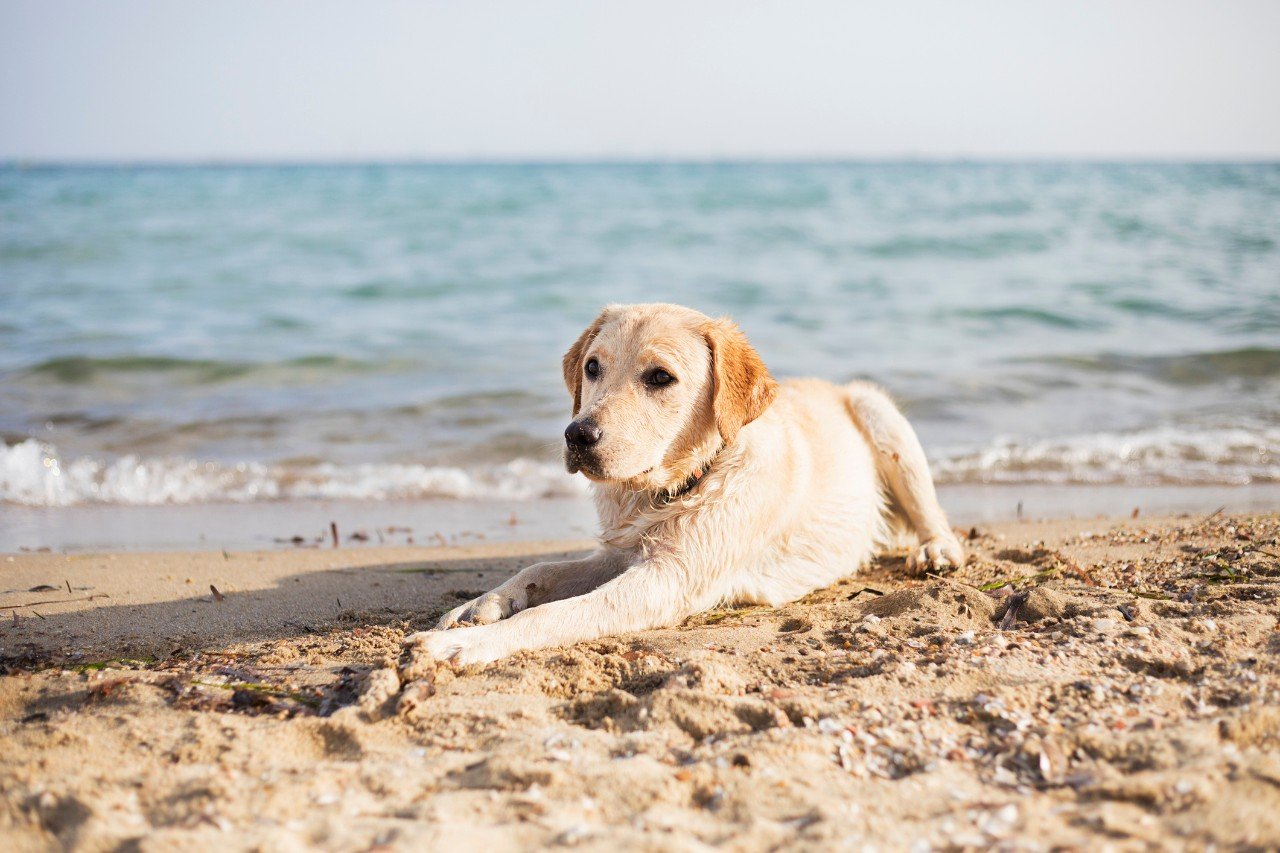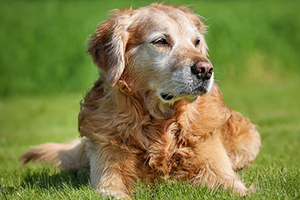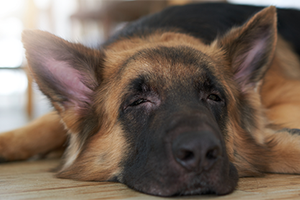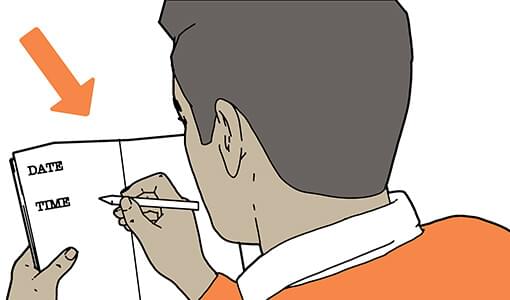Ever wondered whether dogs have ‘periods’? The answer might surprise you. While female dogs don’t menstruate like humans, they do go through a reproductive cycle – commonly known as being ‘in season’ – which is often misunderstood. But understanding seasons in dogs will help you to give your pet the care and comfort she needs during this time.
Whether you’re a first-time dog owner or just want to better understand your female dog’s behaviour, this guide covers everything you need to know about dogs in season and how to support your pup through their heat cycles.

















